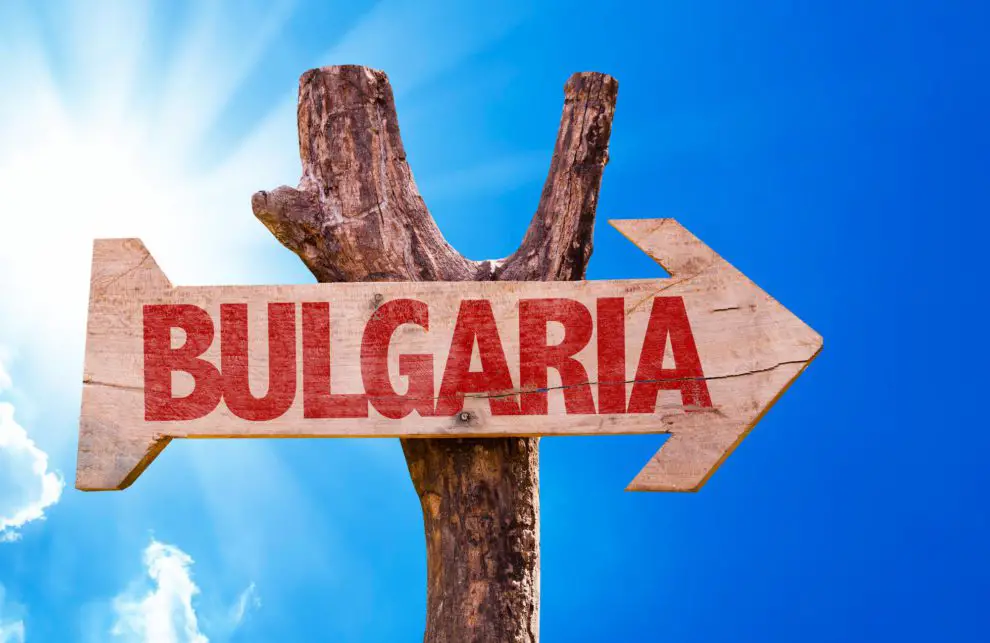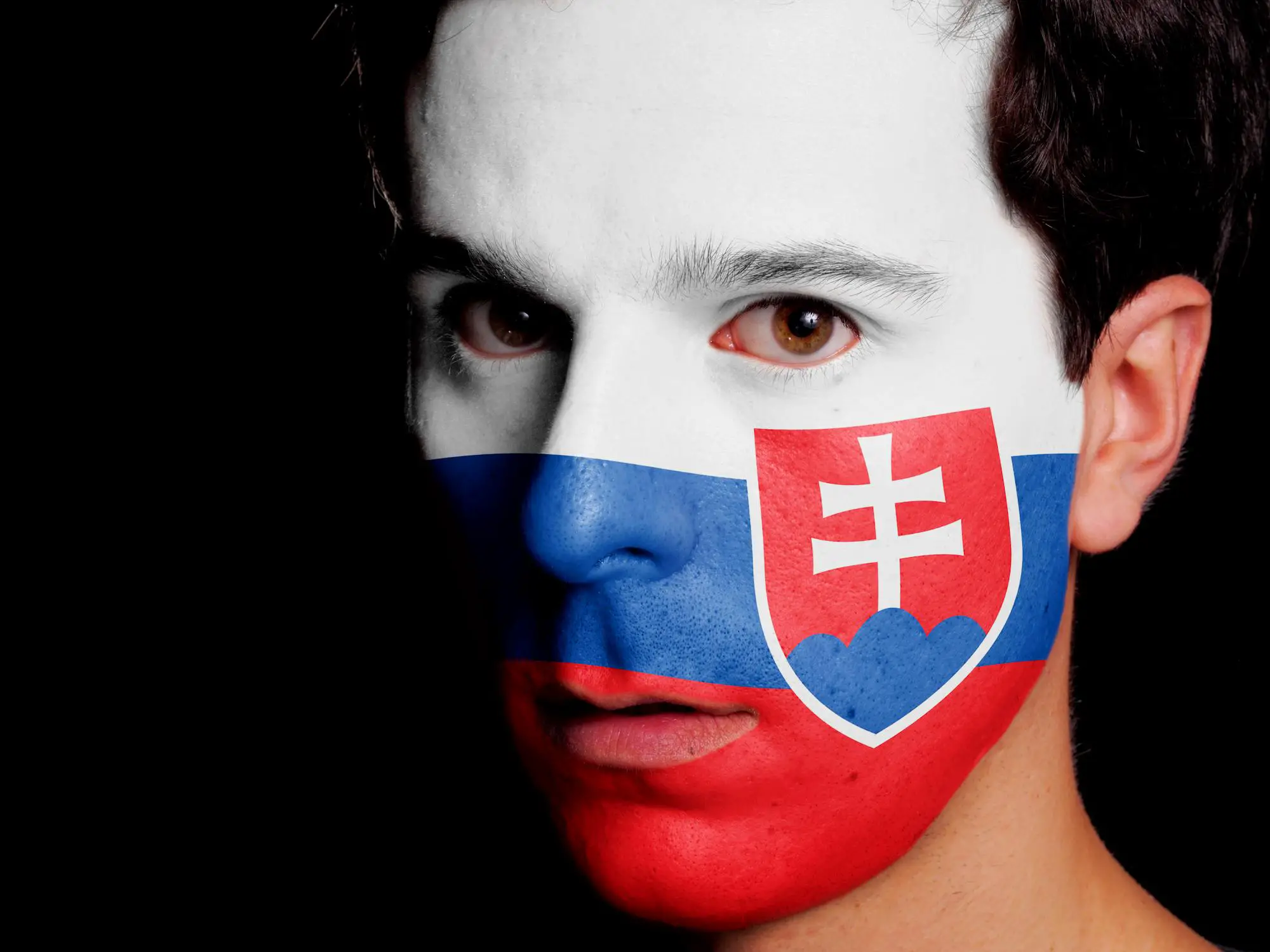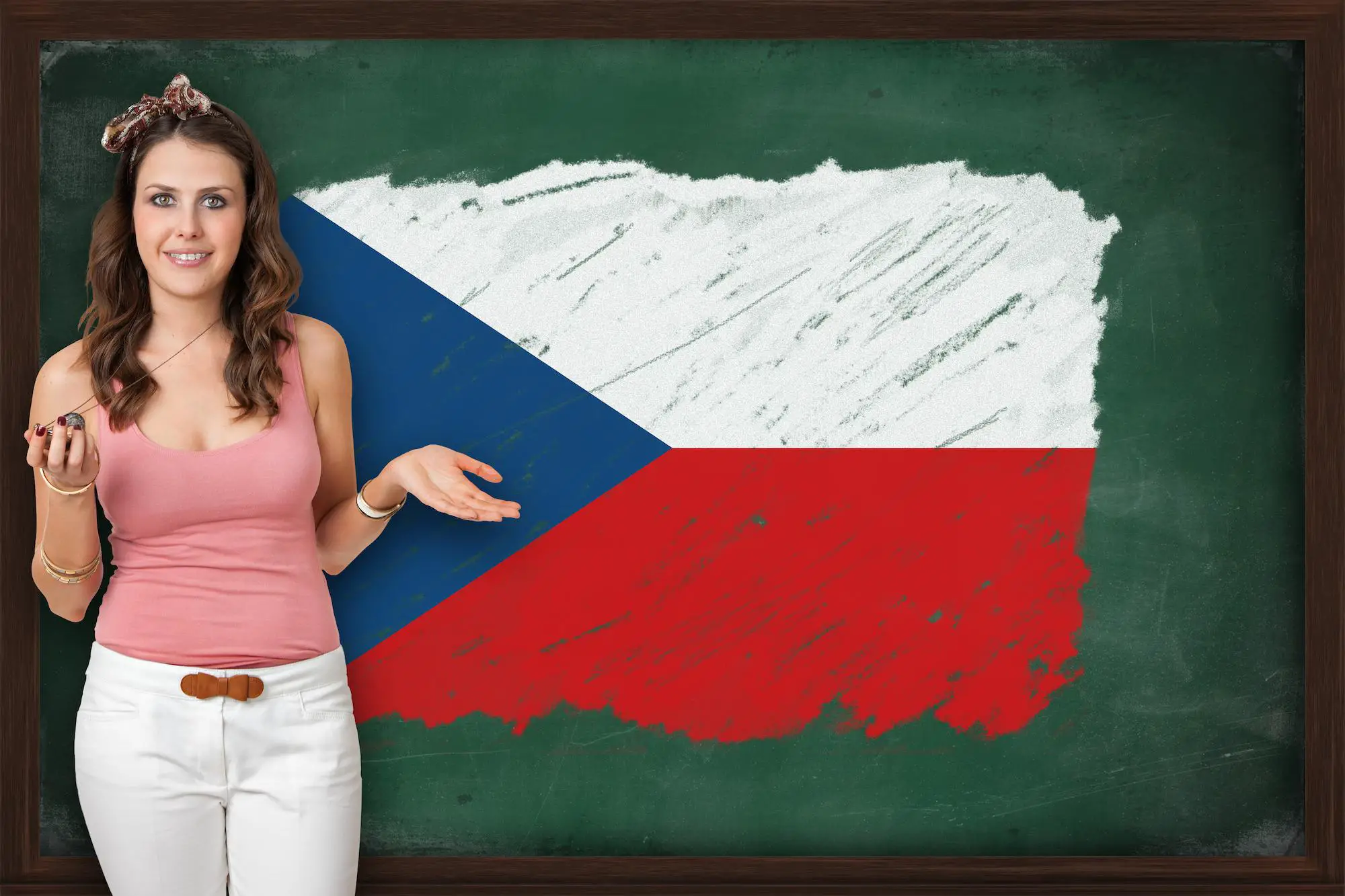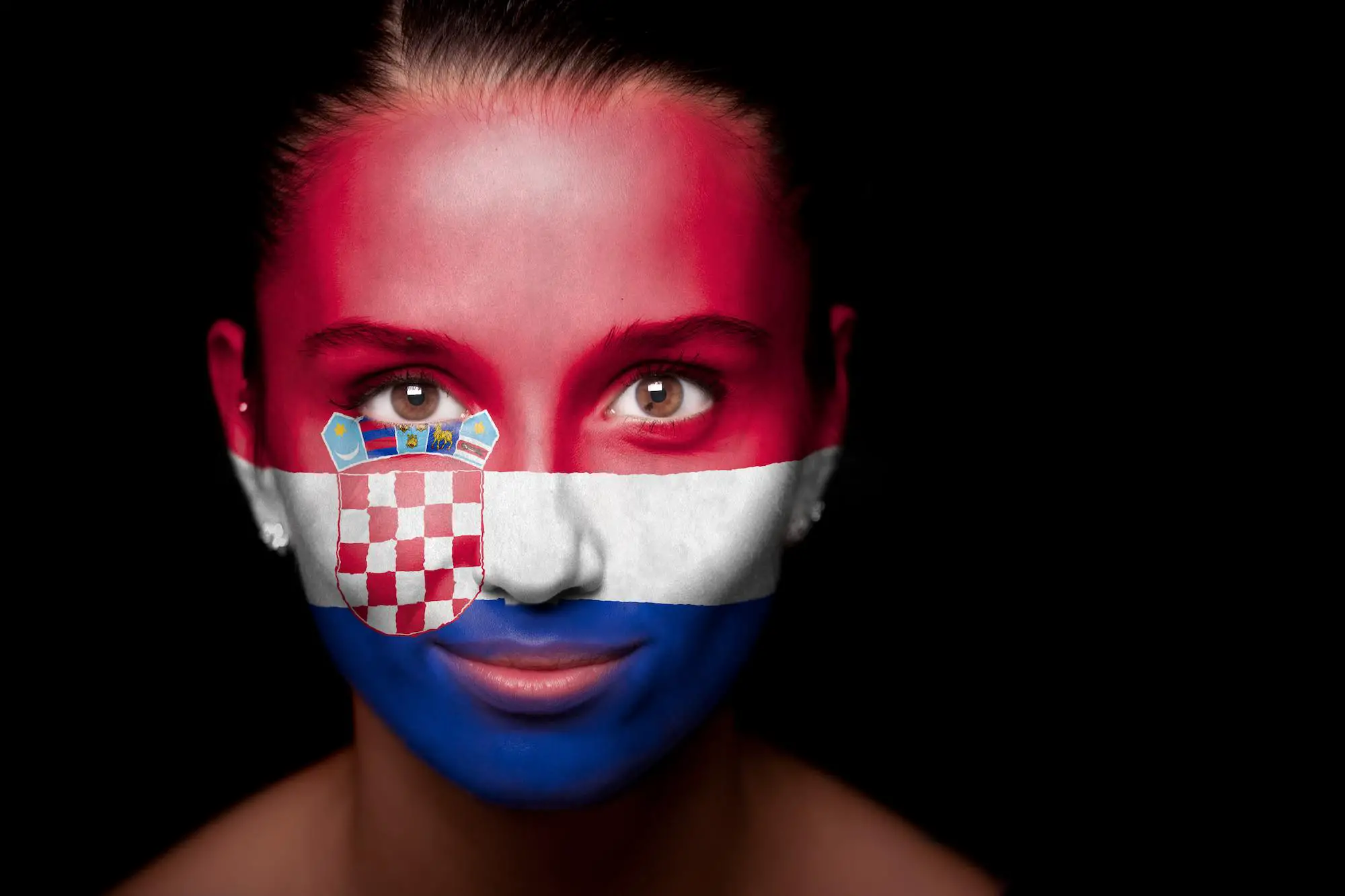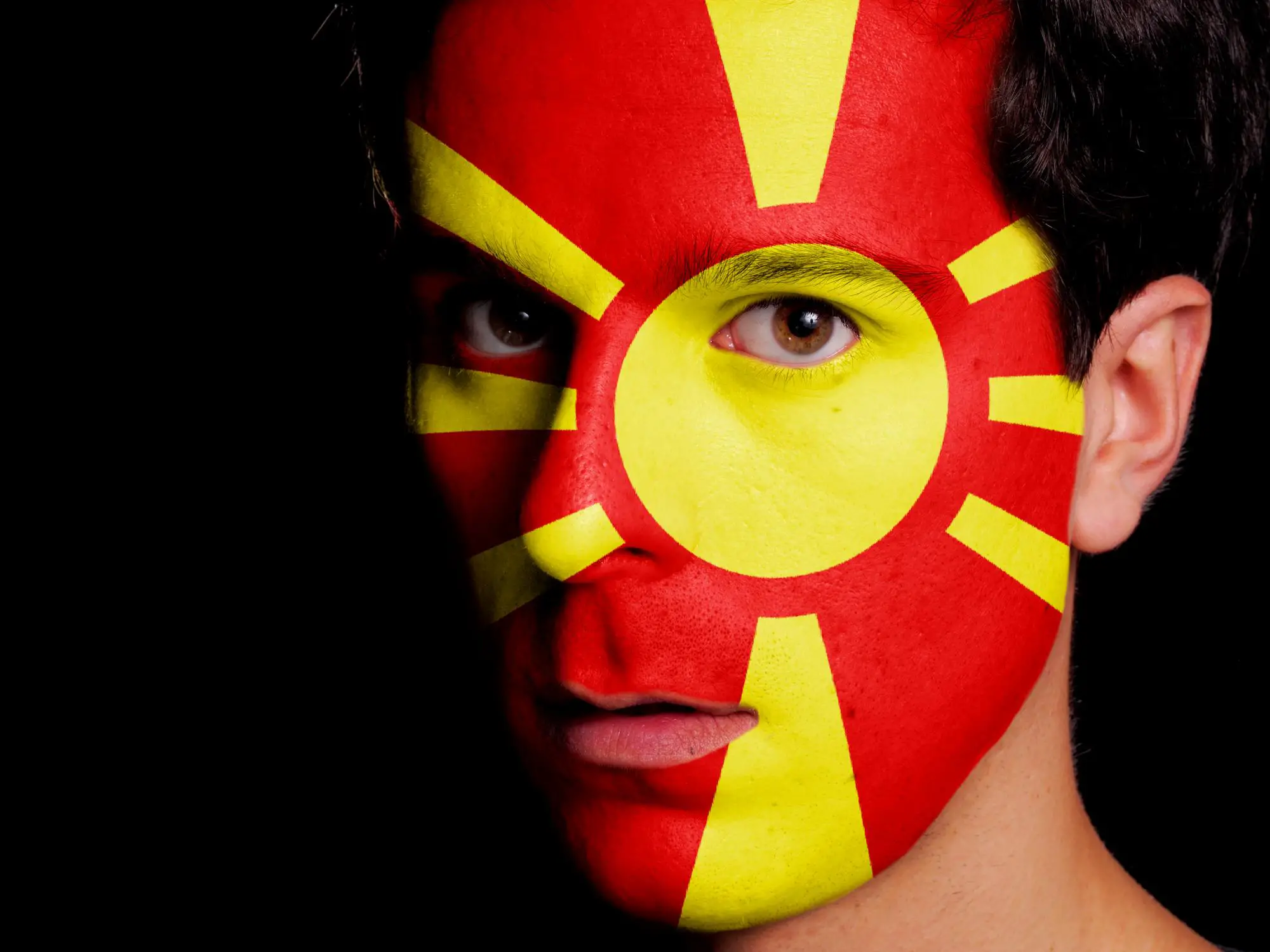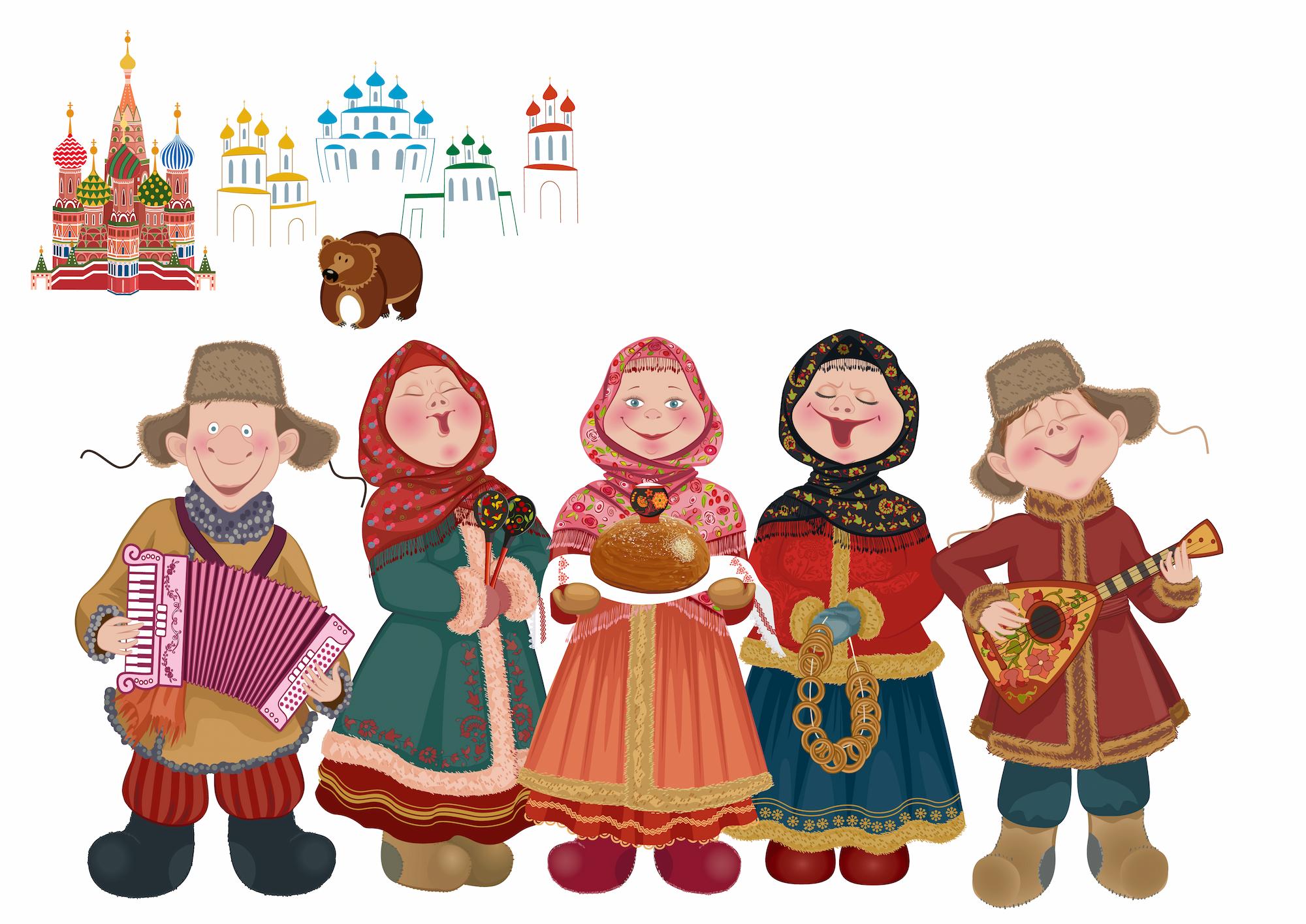Bulgaria is one of a kind, a unique Balkan country that leaves you breathless while you travel across its richness.
There is no other country in the world with more to offer in terms of sunshine, colourful nature, tasty food or mystery.
Ancient stories of this country will keep your heart pumping with excitement and adventure. Bulgarian people are some of the friendliest and warmest people in Europe.
They will gladly guide you through every single detail of their wonderful homeland and will keep you feeling welcomed throughout your stay.
Bulgaria has a lot of world heritage sites, a super exciting nightlife, and everything in between. Nobody who is about to travel across Europe should leave Bulgaria out.
If you are interested in traveling to Eastern European countries, be sure to check out these articles: 11 Facts About North Macedonia and Top 19 Things to Do in Serbia.
In this article, you will learn about some interesting facts about Bulgaria so sit tight and enjoy the ride.
Table of Contents
Bulgaria Facts
1. Cyrillic Alphabet
The Cyrillic script (which nowadays is a writing base for various languages across Eurasia) started in Bulgaria.
Slavic people didn’t use written letters until Rastislav of Moravia requested the Byzantine Empire to permit Cyril and Methodius to invent the Slavic alphabet [1].
They invented a new script called Glagolica (not the same as Cyrillic script used today), but it did its job since this whole operation’s goal was to turn as many Slavs as possible from paganism to Christianity.
Glagolica seemed way too complicated for the Bulgarian 9th-century ruler Boris I, so he asked for a simplified version. That’s when they invented the Cyrillic alphabet.
The script that he got (the Cyrillic alphabet), was built upon the foundation of Glagolica (incorporated with some principles of the Greek alphabet).
The Preslav Literary School played a significant role in spreading the Cyrillic script amongst the Slavic population. Soon after that, Boris I officially proclaimed the Cyrillic alphabet as the script of the Bulgarian Kingdom.
They named the Cyrilic script after Cyril to differentiate the Bulgarian Kingdom from the Byzantine Empire.
Many people think that one of Bulgaria’s best scholars – St.Clement of Ohrid, created the Cyrillic script.
Read: Are Bulgarians Slavs, Tatars or Something Else?
2. Rose Oil
Amongst many peculiarities, Bulgarian Rose Oil is arguably the best-known one, both on the Balkan Peninsula and across Europe.
Bulgaria is the oldest and the most significant world exporter of this esoteric oil. It produces around five tones of it annually.
Since the First World War (1914), the Bulgarian Rose Oil was extracted from the petals of one of the rarest flowers in the world, the Rose Damascena.
This exotic variety of roses is cultivated and harvested exclusively in the region of the Rose Valley, also known as the Bulgarian Rose Valley [2].
Because of its quality, it’s highly sought-after and is an irreplaceable ingredient in many expensive perfumes and cosmetic products (for self-care and heath).
History of Rose Oil begins in the ancient country of Persia, in the 10th century, where it was first produced (probably by the famous healer Avicenna).
The mass production of Rose Oil began in the 17th century. Apart from Bulgaria, Morocco, France and Turkey are also producing it.
3. Bulgarian Folk Song Izlel e Delio Haidutin
Get ready for the most interesting fact about Bulgaria.
One of the most famous traditional songs (of Bulgarian origin), Izlel e Delio Haidutin (Delyo has become hajduk) has been on a space voyage (since 1977)!
It was first launched as part of The Voyager Golden Records project with the purpose of representing our civilisation (in terms of musical achievements) to the outer intelligence.
The best Bulgarian female singer, Valya Balkanska interpreted this song, making it a valuable recognition of Bulgarian traditional music and its beautiful spectrum.
Try listening to some of the most famous Bulgarian songs, interpreted in an acapella manner by the magical female vocals. Most of them are now available on the internet for global audiences to hear and enjoy.
4. Natural Mineral Springs
If there is one thing that you cannot overstate when it comes to Bulgaria, it’s the beauty of its mineral springs. There are over 200 of them across the country, making Bulgaria the only country in Europe comparable to Iceland (on this matter).
Apart from that, Bulgaria has a gentle coastal region (of the Black Sea) that comes quite handy during the summertime.
The discovery of those watery treasures (mineral springs) dates back many years ago. Most of them are a pivotal spot for developing towns.
These places in Bulgaria are home to be the most sought-after Eastern European spa-resorts.
The average temperature of the springs in Bulgaria ranges from 37 to 50°C. Also, there are low levels of mineralisation in their waters.
If you are looking for travel tips or facts, check out Sofia’s surroundings ( the capital of Bulgaria), Varshets, Kyustendil, Sandanski, Veligrad, Devin, Hisarya or follow the Black Sea Coastline of Bulgaria.
5. Rhodope Mountains (Rila Monastery and Rila National Park)
The Rhodope Mountains are the oldest and undoubtedly one of the most exciting mountain ranges on the entire Balkan peninsula.
More than 80% of it belongs to the south of Bulgaria. Among the many spectacles, this mountain range is known for Rila Monastery, which is built inside the Rila National Park.
As part of the western Rhodopes, Rila National Park is a nature reserve (located in Bulgaria).
The Rhodopes’ name is of a Greek origin, denoting a Trakian goddess and referring to its redness. This mythological interpretation was inspired by the mild relief forms, rich picturesque and charming nature, complemented by the villages laying on its sides.
Many pagan traditions spark from here, such as the Kukeri festival which happens every year and announces the spring and the world-known rite Nestinarstvo.
This Bulgarian ritual consists of dancing barefoot on heated coal.
It is performed in a public space near the Rhodopian towns and villages of Bulgaria (on 3th of June), the day of St. Helena and St. Constantine. Those two patrons are believed to have been fire dancers themselves, and consequently, guardians of those who dance on fire.
The many wonders that can be witnessed in those Balkan mountains were the inspiration for the Greek mythological prophet Orpheus. The Rhodopes are also well known for the herbs that bear healing features, which are the foundation of Bulgarian traditional medicine.
6. Baba Marta (Grandmother March)
Baba Marta is a pagan tradition (related to the Kurkeri festival), shared by Bulgarians, North Macedonias, Serbians and Greeks.
Bulgarians celebrate Baba Marta (which is a nickname for March and literally means Grandma March) on March 1st. As soon as the weather shifts from sunny to snowy, Bulgarians announce that Baba Marta is angry ( also a common saying outside of Bulgaria).
A yarn bracelet made of red and white thread, the so-called Martenitsa, is given as a gift to loved ones, family and friends. You cannot buy one for yourself (you can technically, but that’s not the point) since it can only be given and received as a gift.
Once you receive it, you are obliged to wear it (tied around your hand) until you see a sparrow or a stork. Many people in Bulgaria believe that the bracelet brings a year’s worth of good fortune and well-being.
In the Balkan culture’s collective perception (and especially in Bulgaria), Grandmother March is “feminine” with quite an unpredictable temper. It varies between a charming old lady that makes the winter go away and a mad witch that brings the bad weather back.
Wearing the Martenitsa protects against the destructive influence of Grandmother March. It can be thrown away only, when clear signs of spring start to show up.
You could also tie it up to a tree in full blossom.
7. John Vincent Atanasoff
One of the most interesting facts about Bulgaria is related to John Vincent Atanasoff, also known as the father of the first electronic digital computer.
Although he was born and raised in the United States of America, the fact is that he is of Bulgarian descent. His father Ivan Atanasov was born in Boiajik (a town in Bulgaria) when Bulgaria was part of the Ottoman empire.
For the Bulgarians (and most other countries in the Balkans) it was a horrible period (because of the occupation).
He lost his parents at the age of 1 and moved from Bulgaria to the USA, at the age of 11.
John Vincent Atanasoff’s invention is known as ABC (Atanasoff-Berry Computer) and is the first digital computing device ever made.
The Bulgarian was a top-notch mathematician and an engineer that studied and worked as a researcher at the Iowa State College.
Another thing worth mentioning, when talking about the fun facts related to Bulgaria is the name Petar Petrov. He invented the first digital wristwatch and was a part of the NASA space program.
Petrov assisted in developing the earliest computerised monitoring systems for detecting pollution. He was also a part of the team that developed telemetry devices for early weather and communications satellites.
8. Bulgarian Yogurt (with Lactobacillus Bulgaricus)
Bulgaria’s delicious yoghurt contains a certain bacterium called Lactobacillus Bulgaricus naturally found only in the air of Bulgaria.
It is very different from a standard expectation one has when getting a typical yoghurt from a supermarket.
It has a sour taste, and it has a different, less creamy but more jelly-like texture.
Bulgarian yogurt is well researched, and proven to contain many healthy bacteria that have a positive impact on the digestive tract.
So if you are about to visit Bulgaria anytime soon, you should ask some Bulgarians about it.
Related articles:
16 Most Popular Bulgarian Dishes
9. Ancient Bulgarian Calendar and Denicej
On the Rhodope Mountains, there are many objects related to astrology. Many people know that in ancient times. Bulgarians had a strong interest and a solid knowledge of the cosmos.
Hellenic historians note that the Bulgarian monk Denicej knew the names of over 350 stars.
The most important of them all, however, is the first Bulgarian calendar found in the village of Bukovo. If you travel across Europe’s East, don’t miss it! It was rediscovered 30 years ago and remained as one of the most intriguing facts about Bulgaria.
Placed in the centre of a temple dedicated to the Sun, it is an object with a cone form, with six intentionally made holes (equidistant from each other).
Moreover, it had a stone egg that could be placed in any of the previously mentioned holes.
Archaeologists say (without a doubt) that this structure was a seasonal calendar.
Being entirely dependent on it, the ancient citizens of Bulgaria adored and obeyed nature.
Following the Sun, the shadows and recognising the seasons strongly impacted the development of Bulgarian agriculture and animal husbandry.
10. Stefka Kostadinova – a world record holder in high jump
Bulgaria is a country that has the honour to be the homeland of one of the oldest world record holders. Stefka Kostadinova, a Bulgarian world-known high jumper, set the discipline’s current record at 2.09 meters.
It is among the oldest records in modern athletics dating back to the 1987 World Championships in Athletics in Rome.
She was born in the Bulgarian city of Plovdiv and attended the special school for sports.
She was introduced to high jumping quite late, at the age of 12.
Stefka will probably never forget that she jumped 1.66 meters on her first try at her school in Bulgaria.
Shortly after, she found out that it is a world record for her age group, equivalent to the adult female world record of 1941.
She has been the president of the Bulgarian Olympic Committee since 2005.
11. Boyana Church – a world heritage site
We close this list of fun facts about Bulgaria with a true gem. A cultural wonder of Bulgaria that is now a UNESCO world heritage site.
We are, of course talking about the famous Bulgarian Boyana Church, placed on the outskirts of Sofia (capital of Bulgaria).
Following the long Bulgarian orthodox tradition, this church is a must-see for anyone who travels across Bulgaria.
It is more of a museum than a classic orthodox church. The church walls are adorned with paintings from the 11th, 13th, 15th, 17th and 19th centuries.
Bulgarians are especially proud of the artwork done in the 13th century. This site is among the most complete and perfectly preserved monuments of medieval art, not only in Bulgaria but also across the Eastern Europe.
12. Other Honourable Mentions
Bulgaria is one of the oldest countries in Europe, and the only country that never changed its name since its creation in 681 AD.
The name Bulgaria is derived from the Bulgars, a tribe of Turkic origin that founded the country. Bulgaria is also the only country in the world that has never lost a single flag in battle, although it took part in most European wars since the 19th century.
Among other facts about Bulgaria, the fact that it was the country where the oldest golden treasure was found, stands out. It was the first treasure in the world of that sort.
Among other facts about Bulgaria, the fact that stands out, is that the oldest golden treasure (the first treasure of that sort) was found in Bulgaria.
Bulgarians who promote their country as a top travel destination, among other facts, never forget to mention that one-third of Bulgaria’s beautiful land is covered by forests.
And there is much more to it. No article can do justice to Bulgaria’s charm and its 1339 years old Bulgarian traditions.
We should be satisfied if this article covered one-third of the fun facts about Bulgaria and some major highlights this gem of Europe has to offer.
Our point was: if you travel across Europe, don’t miss out on seeing the sites Bulgaria has to offer!
References
- https://www.academia.edu/17371522/Glagolitic_Glagoling_speaking_the_Glagolic_its_origins_chronology_preserved_written_monuments_etc
- https://www.ecologic.eu/sites/files/download/projekte/1800-1849/1802/rose_oil.pdf







